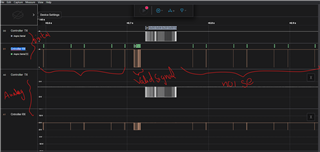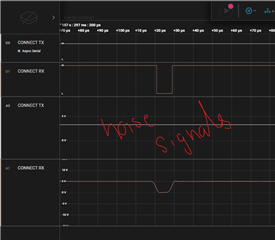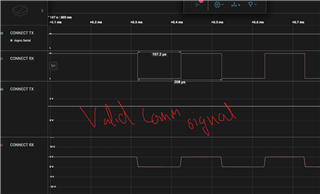Other Parts Discussed in Thread: THVD8010
Tool/software:
Hi,
We are using THVD8000 as power over RS485 for our application and this works just fine in Engineering testing scenarios where the differential A & B lines handle all the noise for up to 400+ft of cable(this is the max length we use in field) . Our product is a Thermostat which powers from the Roof top unit over the 2 wires and recently in some site conditions we are facing issue with high noise on the RX lines which interfere with our communicated signals and cause disconnections.
The implementation of Power over RS 485 was done based on the app notes available from TI and circuit at Thermostat end and Roof top unit controller are attached.
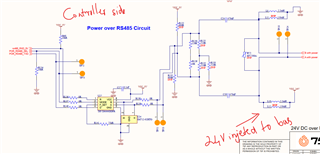
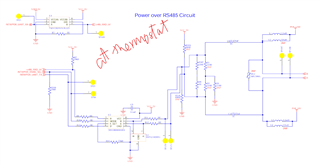
In both devices 48V TVS diodes are provided near terminal block for A & B lines
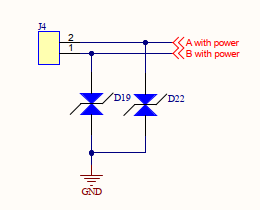
In the case of severe noise, we identified that the noise is coupled from the cable ( mostly 18/2 thermostat wires which are non twisted and non shielded) and when we use a shielded cable instead with the shield grounded at the controller end which source power, the noise is gone.
Below are the communication specifications
USART Baud rate to THVD800 is 9600
Carrier frequency is 250Khz
DC voltage coupled is 28V DC
The type of noise see at receiver end looks like 4-5 uS dips as shown duration pulse low signals
